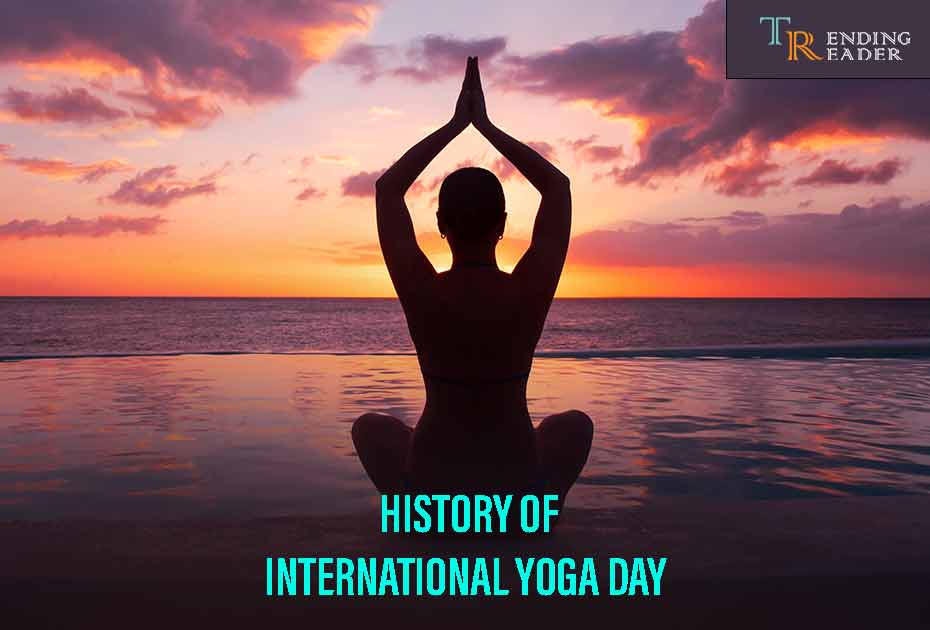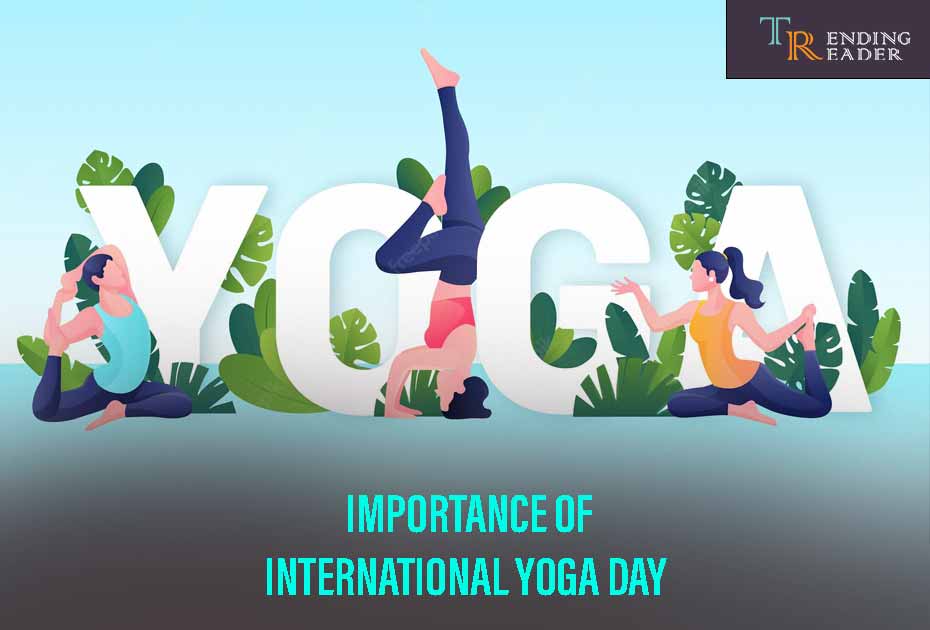For World Yoga Day, people around the world are all set to take out their yoga mats and start exercising, but they might not be aware that yoga goes back centuries. This article will share the details regarding the celebration of world yoga day in India, who started International Yoga Day, and what is the importance of International Yoga day. This article will also give you a glance at the theme for International Yoga Day 2022.
World Yoga Day In India
Yoga is considered to be an ancient practice that originated 5,000 years ago in India. Yoga was developed as a way to interconnect the mind, body and soul to step closer to enlightenment. As the practice became popular in the west, it became popularized as an exercise and relaxation method, with claims to help the body’s general well-being and alleviate physical injuries and chronic pain.
What Is The Theme For International Yoga Day 2022?
Every year, World Yoga Day is commemorated with a different theme around the world. The theme for International Yoga Day 2022 is “Yoga for Humanity.” On World Yoga Day in India, the Prime Minister, Narendra Modi, will lead the main event protest in Mysuru, Karnataka, this year.

History Of International Yoga Day
When And Who Started International Yoga Day In India?
Indian PM Modi first proposed the International Yoga Day during his speech to the United Nations General Assembly on September 27, 2014. Prime Minister Narendra Modi was the one who started International Yoga Day. A total of 177 countries backed India’s draft resolution. On December 11, 2014, the United Nations recognised June 21 to be the International Day of Yoga.
When Was The First International Yoga Day Celebrated?
On June 21, 2015, the first World Yoga Day in India was observed. The longest day of the year is June 21, often known as the summer solstice. As a result, it was determined that this day would be designated as International Yoga Day.

Also Read – Best Tips And Practices For Healthy Teeth And Gums Home Remedies
What Is The Importance Of International Yoga Day?
The notion of an international day to celebrate and respect yoga was initially proposed by India’s Prime Minister, Narendra Modi, at the United Nations General Assembly on September 27, 2014. He recommended the timing of this day, which coincides with the Northern Hemisphere’s Summer Solstice.
This day heralds the start of the summer season as well as being the year’s longest day. Following that, the United Nations designated June 21st as International Yoga Day on December 11, 2014. 175 member nations voted in favour of the proposition.

Yoga Day is a day dedicated to raising awareness about the importance of yoga and the advantages it provides to our minds and bodies. Yoga can increase your energy level, help maintain a healthy weight, and improve your body position if you do it regularly. Yoga and meditation are two hobbies that might help you improve your mental health.
How To Celebrate World Yoga Day?
Because International Yoga Day is a new celebration, there are no long-standing customs. Yoga, on the other hand, is an ancient art that replenishes the mind and calms the soul. The purpose of the day is to inspire new people to embrace the yogi practice and realign with the inner chakra.
Newcomers to yoga join up and construct their own flow of moves while listening to their favourite calming music. New yoga mats and yoga trousers are purchased prior to beginning the practice. Those who are already adept at yoga experiment with new combinations and introduce them to their friends. Instructors also provide special group yoga retreats.
Also Read – World Music Day History, Date, Significance And Theme
Final Words – Why Yoga?
Yoga has proven effective in retaining the body and mind in good health since the 5th century in India. Yoga is a holistic method that focuses on all of the body’s and mind’s systems. According to legend, asanas strengthen and stretch the body, improving health while also instilling confidence in the mind.
Pranayama is a superior and effective adjunct to asanas for regulating the purification of the internal system and organs. These physical techniques generate energy in the body, which is then funnelled into meditation or Dhyan for stability, tranquillity, and quiet.
For more content, visit Discover – Trending Reader.












